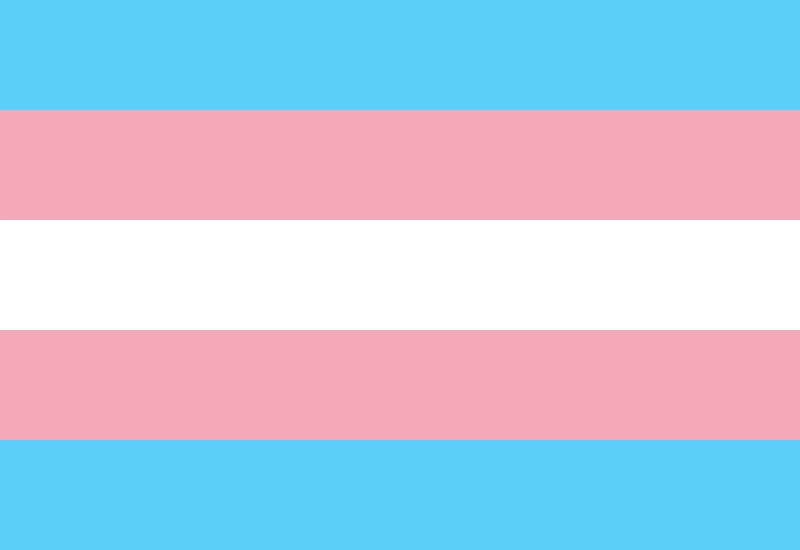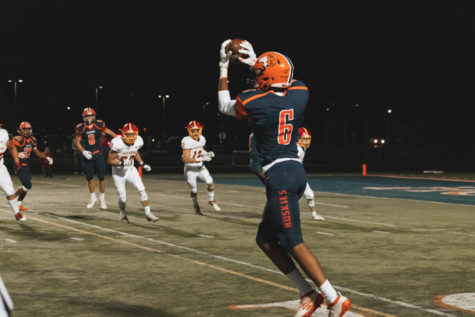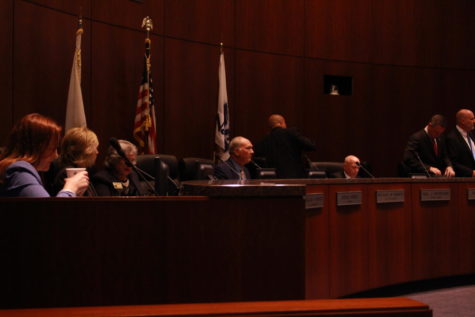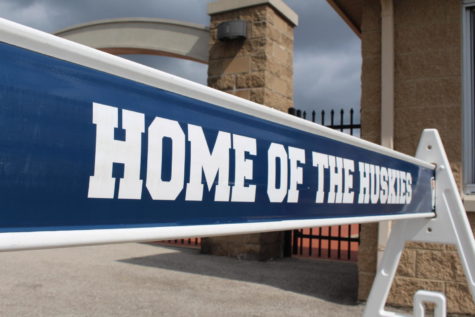Column: The Transgender community and being trans in the US
Transgender, (adj.), noting or relating to a person whose gender identity does not correspond to that person’s biological sex assigned at birth. At first, it seems very simple, a transgender – or trans for short – person is a man who wants to be a woman or a woman who wants to be a man, but it’s much deeper than that.
Gender is a spectrum, not a binary system with two defined options of male and female. Transgender is an umbrella term that refers not to just those going from male to female, but to all of those other genders in between, often referred to as “genderqueer” or “nonbinary.” A person‘s gender is different from their sex, since gender is what you identify as, and sex is what you were assigned at birth.
The trans community is diverse, spanning different cultures and religions across the world, but in the US, trans people make up only 0.3% of the population. Transgender issues and rights are still taboo topics, laws are being made that affect the community in major ways, and trans people face major struggles in both their private and public lives. So what is it like to be transgender in the US?
Transphobia, or the intense dislike, fear, and prejudice against transgender people, is prevalent in the US. Harassment is the most common form of transphobia, whether it be via violence, verbal harassment, or the overall stigma of being transgender.
Transphobia is also experienced through healthcare and identity documents, which are important to trans people. Healthcare is important for hormones and gender-affirming surgery to relieve distress from being the gender they don’t identify as, also known as gender dysphoria. Documents such as birth certificates, social security cards, and passports are important because they impact almost every aspect of a person’s life, and because of a person’s status of being transgender, it can prevent them from going to a hospital, traveling, going to school, and housing among many other things.
Poverty, homelessness, and suicide are very common in the trans community. Many trans people, and even more when counting people of color, are in poverty due to the lack of protection by the law and are unable to get a job. One in 5 transgender people are homeless, whether it be eviction, being forced out by family, or simply being unable to pay the bills. Forty percent of transgender people have at least attempted suicide and is mostly influenced by familial rejection, no social support, discrimination, abuse, and internalized transphobia, which is when someone applies transphobic messages to themselves.
With all of this happening, why doesn’t the government or the general public do something about this? The issue is that being trans has been stigmatized for so long, and people are often reluctant or too stubborn to change their opinions. Do you want to see thousands of people die at their own hands because of harassment, or could you just put differences aside and let peace thrive? Things won’t change instantly, and just one person spreading words of love and peace can make a difference in a community.












Ms. Fabian • Dec 14, 2016 at 8:23 am
Alex, I am so proud of you! This is awesome and incredibly informative! Thank you so much for sharing your insights.